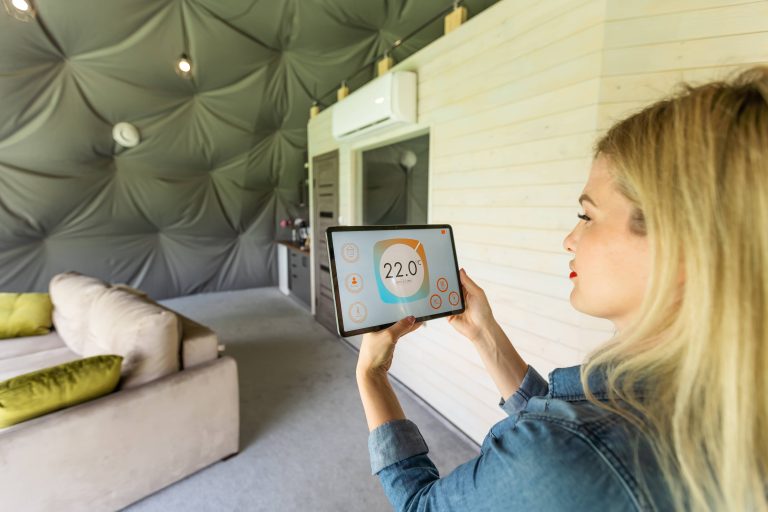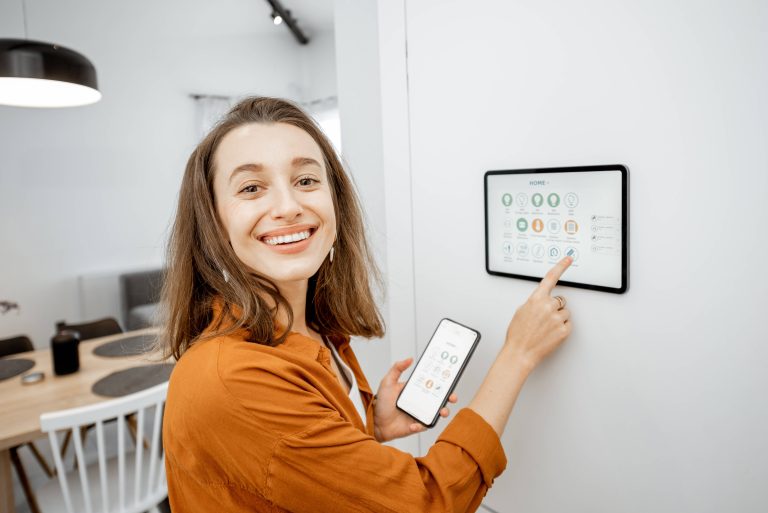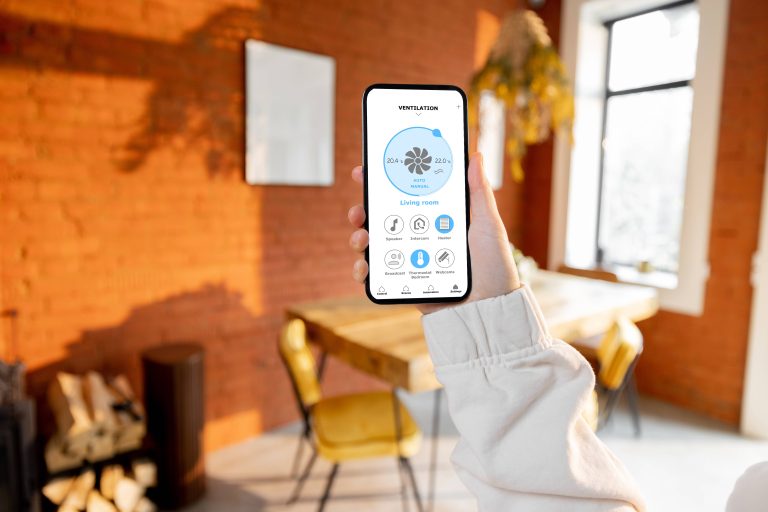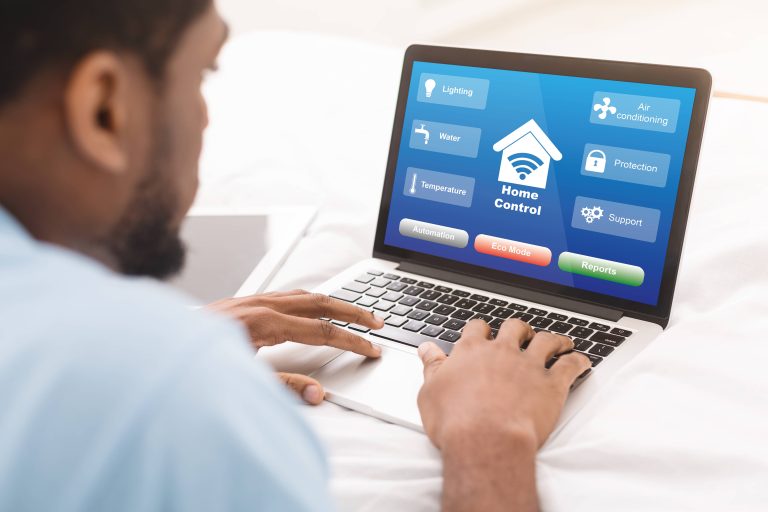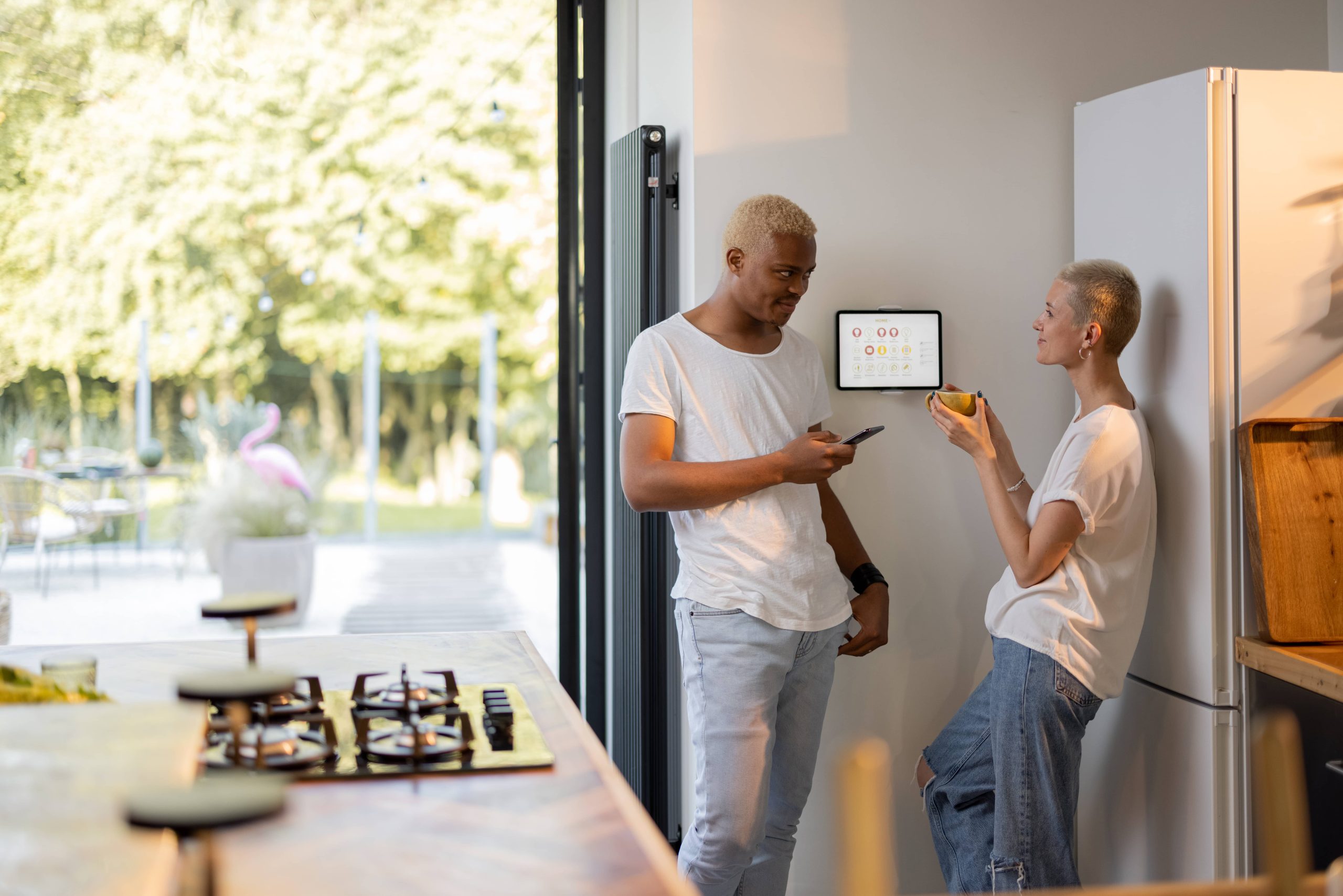
In the age of smart homes and sustainable living, the concept of a greenhouse has evolved from a simple glass structure to a high-tech, efficient, and sustainable environment. The integration of advanced technology into greenhouse design not only enhances plant growth but also optimizes resource use, making it a perfect blend of innovation and sustainability. In this blog post, we will explore how to design an innovative greenhouse using advanced technology, focusing on automation, energy efficiency, and smart monitoring systems.
The Foundation: Smart Design Principles
Before diving into the technology, it’s essential to lay down the foundational design principles of a modern greenhouse. The structure should maximize natural light while maintaining optimal temperature and humidity levels. This can be achieved through strategic orientation, using materials like polycarbonate panels that offer better insulation than traditional glass, and incorporating passive solar heating techniques.
Automation: The Heart of a Smart Greenhouse
Automation is the cornerstone of a modern greenhouse. By automating routine tasks, you can ensure consistent plant care and reduce manual labor. Here are some key areas where automation can make a significant impact:
1. Climate Control: Automated climate control systems can regulate temperature, humidity, and ventilation. These systems use sensors to monitor environmental conditions and adjust settings accordingly. For instance, if the temperature rises above a certain threshold, the system can automatically open vents or activate cooling fans.
2. Irrigation Systems: Smart irrigation systems can deliver the right amount of water to plants based on their needs. These systems can be programmed to water plants at specific times or in response to soil moisture levels, ensuring efficient water use and preventing overwatering.
3. Lighting: LED grow lights can be automated to provide supplemental lighting during low-light conditions. These lights can be adjusted based on the time of day and the specific needs of the plants, promoting healthy growth.
Energy Efficiency: Sustainable Power Solutions
Energy efficiency is a critical aspect of designing a sustainable greenhouse. By incorporating renewable energy sources and energy-saving technologies, you can reduce the greenhouse’s carbon footprint and operating costs.
1. Solar Panels: Installing solar panels can provide a renewable energy source to power the greenhouse. Solar energy can be used to run climate control systems, lighting, and other electrical components, reducing reliance on grid electricity.
2. Geothermal Heating: Geothermal systems can provide a sustainable heating solution by utilizing the earth’s natural heat. This method is particularly effective in colder climates, where maintaining a consistent temperature is crucial for plant growth.
3. Energy-Efficient Materials: Using energy-efficient materials, such as double-glazed windows and insulated panels, can help maintain the desired climate within the greenhouse while minimizing energy loss.
Smart Monitoring Systems: Data-Driven Plant Care
Smart monitoring systems are essential for maintaining optimal growing conditions and ensuring the health of your plants. These systems use sensors and data analytics to provide real-time insights into the greenhouse environment.
1. Environmental Sensors: Sensors can monitor temperature, humidity, light levels, and CO2 concentration. This data can be used to make informed decisions about climate control and plant care.
2. Soil Sensors: Soil sensors can measure moisture levels, pH, and nutrient content. By analyzing this data, you can adjust irrigation and fertilization schedules to meet the specific needs of your plants.
3. Remote Monitoring: With the integration of IoT (Internet of Things) technology, you can monitor and control your greenhouse remotely. This allows you to make adjustments on the go, ensuring that your plants receive the best care possible.
The Future of Greenhouse Design
As technology continues to advance, the possibilities for greenhouse design are endless. Future innovations may include AI-driven plant care systems, advanced hydroponic and aquaponic systems, and even vertical farming solutions within greenhouses. These technologies will further enhance the efficiency and sustainability of greenhouse operations, making them an integral part of smart home ecosystems.
In conclusion, designing an innovative greenhouse with advanced technology involves a harmonious blend of automation, energy efficiency, and smart monitoring systems. By embracing these technologies, you can create a sustainable and efficient environment that promotes healthy plant growth while minimizing resource use. As we move towards a more sustainable future, the integration of smart technology in greenhouse design will play a crucial role in achieving our environmental goals.

